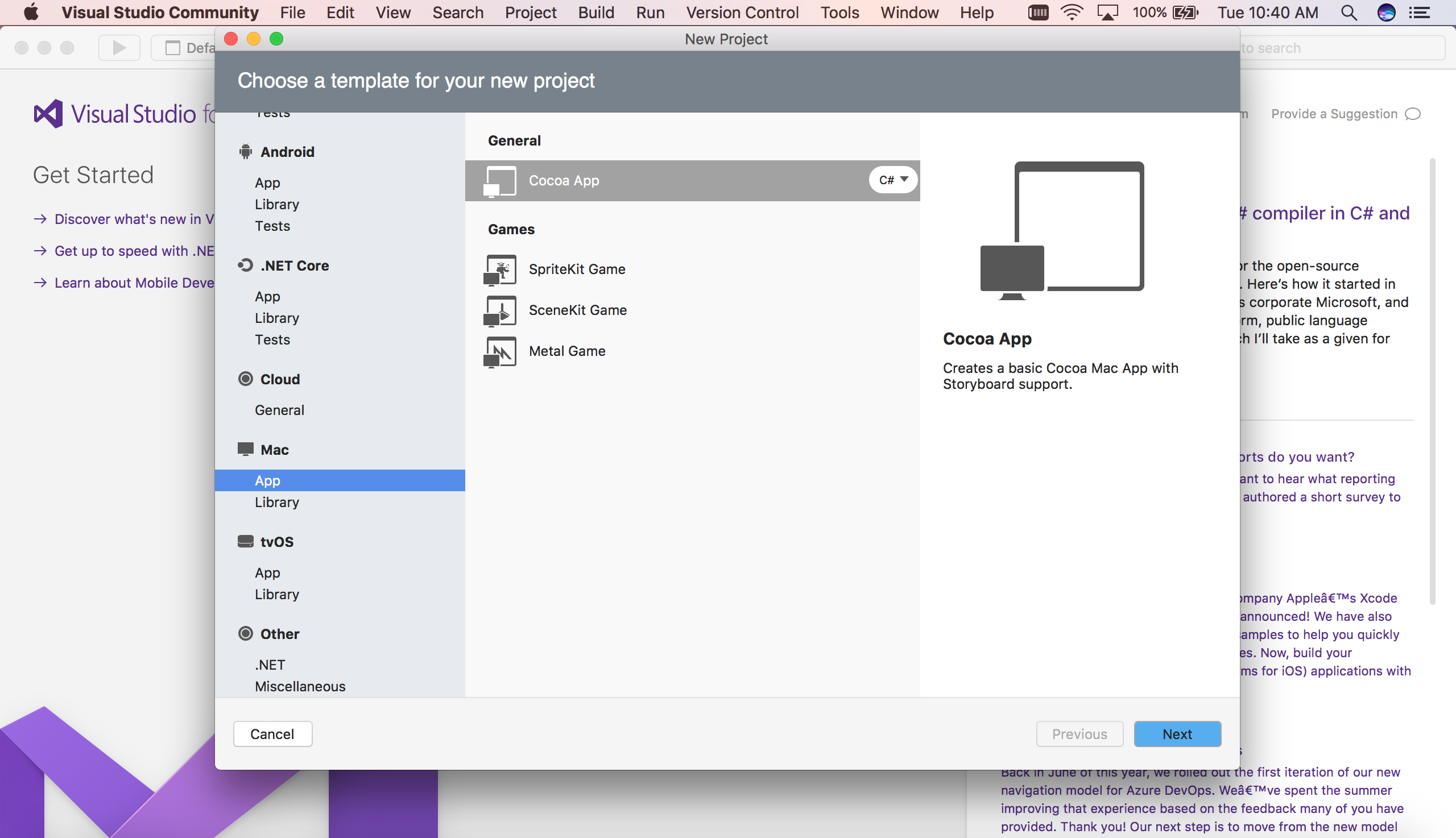Cocoa Office For Mac
Click to expand.I know it gets a lot of flak, but I would take a look at Pages. Now that I am starting to get under its skin and there are some nice templates appearing, the latest version is looking like a much better proposition. It exports Word, rtf, html and pdf (oddly, since you can print to a pdf anyway) and the Word interchange is reasonably good. At the price, £50 or so, it is one of the cheapest commercial wp programs and you get Keynote into the bargain (which was the clincher for me - I do a lot of presentations and Keynote is such a breath of fresh air after years of Death By Powerpoint).
'Two nibs are better than one.' Anonymous Now that you know a bit about what makes Mac OS X tick, let's jump rightin and create a document-based application using Cocoa. If you're readingthis book, you might have created simple nondocument-based applications inCocoa. We'll be doing this throughout later chapters as test-bed programsare created. You know how simple they are to put together quickly.

Thedocument-based application, however, is a bit more complex. But once you see oneexamined, you will have little trouble creating your own. Oracle and apple team up to develop openjdk project for mac.
Cocoa Office For Mac Os X
Document-based applications allow a user to work with multiple documents atthe same time. Whereas a nondocument-based application usually has onewindow and can only manage one set of data at a time, document-basedapplications can have many windows open simultaneouslyeach accessingdifferent source data.
One window is always the focus of the user while theother windows are ready and waiting for input, sitting quietly in thebackground. When discussing sets of data, having the ability to open multipleviews simultaneously gives you the ability to work in parallel on manytasks. NOTE When I refer to a set of data, this can mean file-based data sitting on yourlocal hard disk or stream-based data that is transferred over a network,possibly from a database. A document-based approach can be used to edit eitherof these types of data. Mail.app, Microsoft Word, Adobe Photoshop, Project Builder, and InterfaceBuilder are all examples of applications that take a document-based approach.You can have multiple images open in Photoshop and edit between them, back andforth, as much as you like. As of this writing, iTunes and iPhoto are both examples of applications thatare not truly document based.
That is, they can only operate on one item at atime. ITunes only plays one song at a time.

IPhoto only allows you to edit oneimage at a time. When developers refer to document-based applications, theyusually mean the ability to open multiple documents at once. Windows users knowthis as the multiple document interface (MDI). The specific requirements of your application will determine whether itshould be document-based or not. If your users want to work with more than oneset of data, you probably want to use a document-based application. Many times,this will be obvious; sometimes it will not. If you're unsure, look forother applications that work similarly to yours and see how you might learn fromtheir approaches.
Also, be sure to talk to potential users of your applicationto see what they would expect from it. The Result Let's discuss the document-based application that we will be examining in this chapter. RadarWatcherX, shown in, allows you to create, open, and save multiple documents that repeatedly load a Doppler radar image and scan a 'watch box' for specific colors in the image. This allows you to choose your local radar image from any weather-related Web site and keep an eye on a specific area within the image for storms or heavy rain that might be approaching. If the colors you choose appear in the watch box, an alarm will sound! A RadarWatcherX document window. Although you might not be able to tell from the screenshot, RadarWatcherXimplements many common (and some not so common) tasks that you might need whenbuilding applications in Cocoa.
Cocoa Office For Macular Degeneration
Some of these include. Document window management. Saving and opening XML property lists (plists). Custom views. Scrolling views. Timers.

Internet connectivity. Image manipulation.
Application preferences If you are not familiar with some of these items, don't worry. I willdiscuss them enough here to get you started, and some (such as property lists)will be elaborated on in future chapters. Let's dive into the project fileand source code and see how this project works.